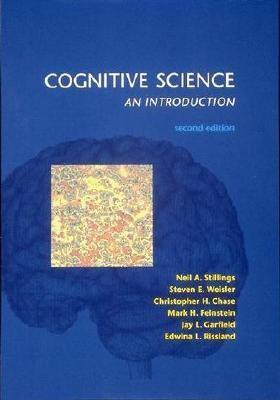What do you think?
Rate this book


Cognitive science is a rapidly evolving field that is characterized by considerable contention among different views and approaches. Cognitive Science presents these in a relatively neutral manner. It covers many new orientations theories and findings, embedding them in an integrated computational perspective and establishing a sense of continuity and contrast with more traditional work in cognitive science. The text assumes no prerequisite knowledge, introducing all topics in a uniform, accessible style. Many topics, such as natural language processing and vision, however, are developed in considerable depth, which allows the book to be used with more advanced undergraduates or even in beginning graduate settings.
A Bradford Book
544 pages, Paperback
First published January 1, 1987